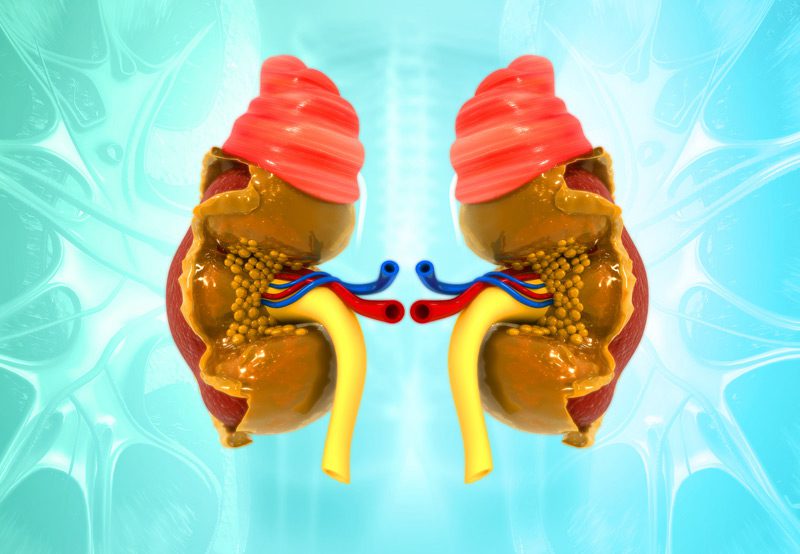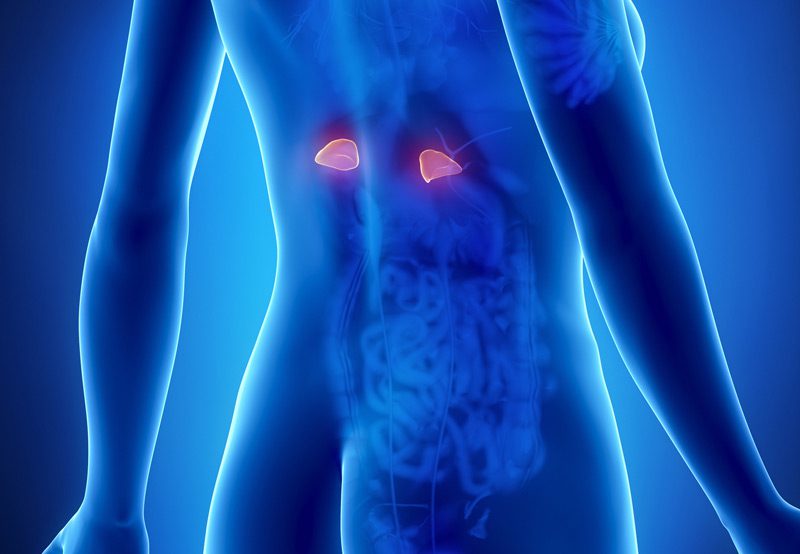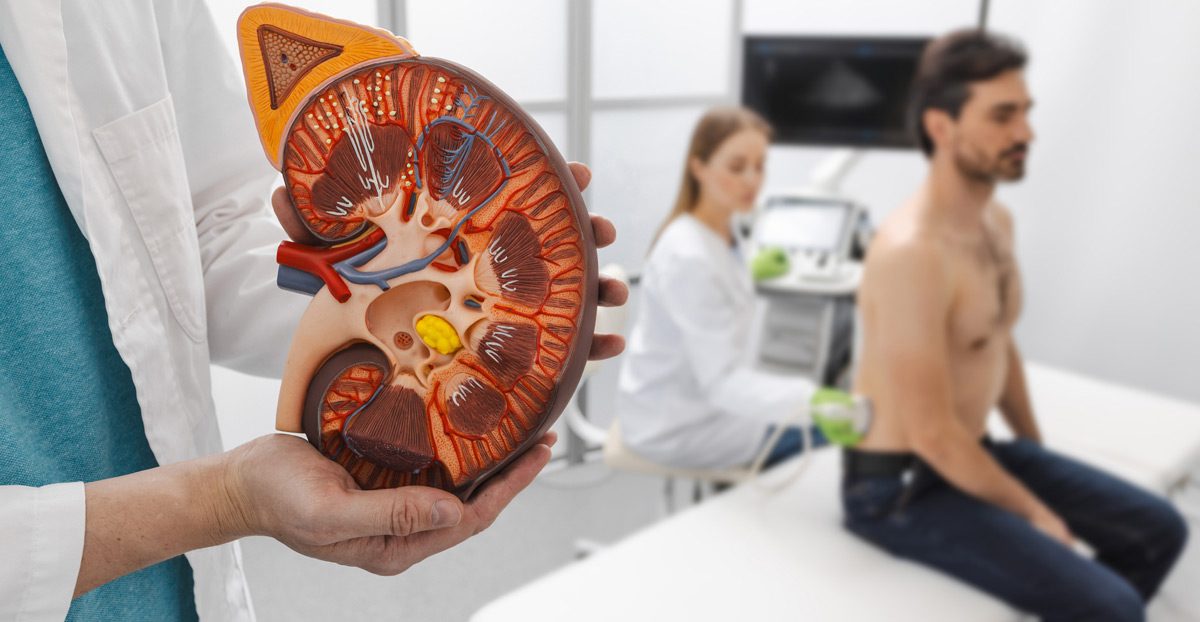

Partial adrenalectomy is a surgical procedure that removes only the diseased portion of the adrenal gland while preserving the remaining healthy tissue. This approach is especially valuable for patients with hereditary conditions or bilateral adrenal tumors, where preserving adrenal function helps avoid lifelong hormone replacement therapy.
Conditions Treated with Partial Adrenalectomy
- Pheochromocytoma: Tumors that produce excess adrenaline, often related to genetic syndromes such as MEN2, VHL, or NF1
- Aldosterone-producing adenomas (Conn’s syndrome): Benign tumors that cause high blood pressure due to excess aldosterone
- Cortisol-producing adenomas (Cushing’s syndrome): Tumors that lead to overproduction of cortisol
- Adrenal-sparing surgery in bilateral disease: To treat tumors on both adrenal glands while preserving function
Symptoms That May Indicate an Adrenal Tumor
- High blood pressure that is difficult to control
- Unexplained weight gain or muscle weakness
- Flushing, headaches, and heart palpitations
- Excessive sweating and anxiety
- Low potassium levels

Diagnosis
Before surgery, patients undergo comprehensive diagnostic testing to confirm the nature of the adrenal lesion and determine whether hormone overproduction is present. Common diagnostic tools include:
- Hormone testing: Blood and urine analysis to evaluate hormone levels
- CT or MRI scans: To determine the size and appearance of adrenal masses
- Nuclear medicine imaging: Such as MIBG or PET scans for specific tumor types
- Genetic testing: For patients with a family history or syndromic features
The Procedure
Partial adrenalectomy is typically performed using a minimally invasive laparoscopic or robotic-assisted approach. Under general anesthesia, small incisions are made to insert surgical instruments and a camera.
- The surgeon carefully dissects the adrenal gland to isolate and remove only the tumor or abnormal portion
- Healthy adrenal tissue is preserved to maintain natural hormone production
- If the tumor is functional, intraoperative hormone monitoring may be used
- In select cases, open surgery may be necessary due to tumor size or complexity
Recovery and Outcomes
Patients usually spend one night in the hospital and return to normal activities within one to two weeks. Postoperative follow-up includes hormone level monitoring and imaging to ensure complete tumor removal and assess adrenal function.
Partial adrenalectomy offers the advantage of preserving adrenal function, especially important in patients with bilateral tumors or genetic syndromes prone to recurrence. In experienced hands, it has high success rates and low complication risks.
Next Steps
If you’ve been diagnosed with an adrenal mass or have a hereditary condition that increases your risk for adrenal tumors, partial adrenalectomy may offer a safe and effective treatment option. Talk to your urologist or endocrine surgeon to determine the best course of care based on your specific condition.
